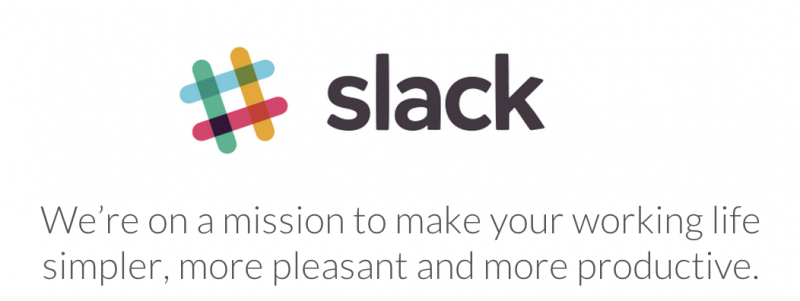(On a related note, the Slack referral program which gives you $100 in credit when you sign up expires at the end of November 2014 so click on this link if you want to take advantage of that)
I’m experimenting with how I can tie into my clients’ teams and use Slack to collaborate with them rather than our usual email+Skype+Hangouts channels. I also switched to a beta version of the desktop app which better supports multiple teams (the stable version allows you to switch between teams which also works), thanks to Richard Oakley.
https://twitter.com/richoakley/status/529908139806982144
I am not a huge fan of email but it works (most of the time). I do like the idea of using chat-style services for communications with clients. Email can become pretty painful when you just want to have short conversations in close to realtime. I also like the idea of not using email much for work comms too and Slack is a great service to use for that.
I had a discussion along these lines with Nathan Jeffery recently and the one thing that came up was whether it is productive to switch to more realtime comms with clients. We have become accustomed to pretty fast comms with email, calls and chat. Email still has a semblance of a lag because it is still asynchronous so you can manage expectations to a degree. If you switch to a realtime option like Slack, you risk creating an expectation that your responses will be realtime simply because the tech enables it. That means you spend all your time chatting and not enough time working. At least that is the risk. I’m not sure that shifting to something like Slack is the end of productivity. I think managing expectations goes beyond what the channel enables but it is worth thinking about.
One of the companies that moved over to Slack is Sandwich Video Inc. The story about their transition is documented in a Slack blog post which is a great read. It is, ironically, a series of emails between Slack’s co-founder and CEO, Stewart Butterfield, and Sandwich Video’s CEO, Adam Lisagor. Sandwich Video created an awesome video (as you would expect) explaining why they moved and beautifully animating their enthusiasm for the product. I had to share. Watch the video in HD. You may need to watch it more than once, it’s that much fun:
I’m curious how many people are using Slack. It is easy to look around your local bubble and think everyone is doing it and forget about the world outside that bubble.

 RSS – Posts
RSS – Posts
What do you think?